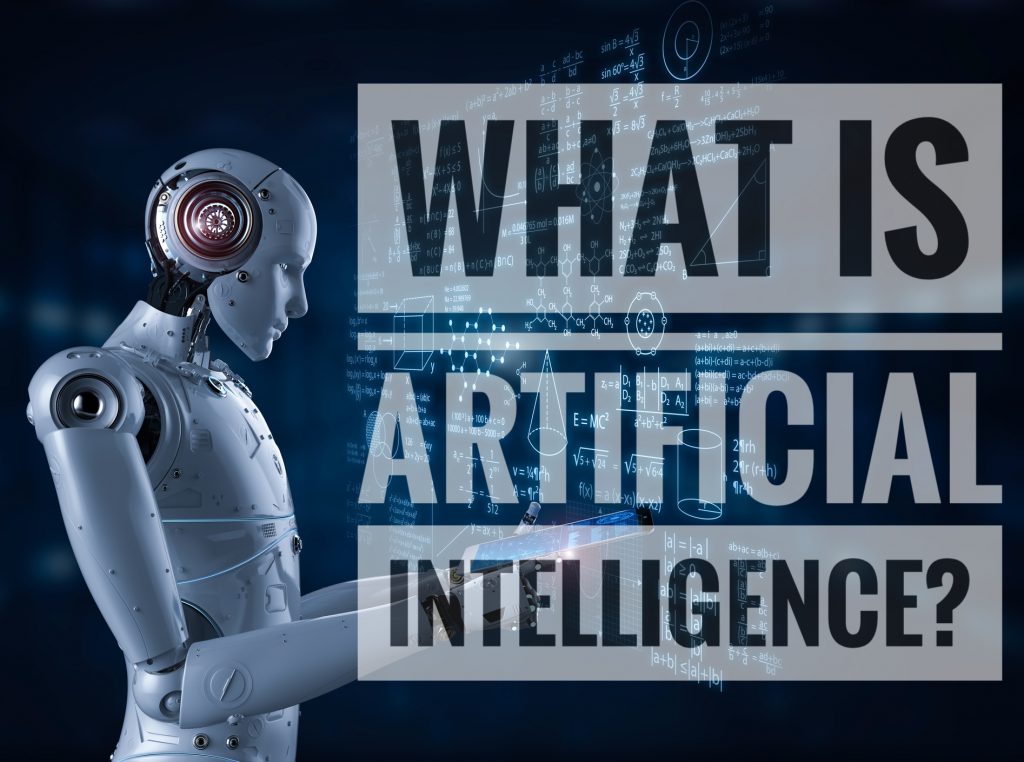In quantum computing, tasks rather utilize the quantum condition of an article to deliver what’s known as a qubit. These states are the indistinct properties of an item before they’ve been identified, for example, the turn of an electron or the polarization of a photon.
As opposed to having an unmistakable position, unmeasured quantum states happen in a blended ‘superposition’, much the same as a coin turning through the air before it arrives in your grasp.
These superpositions can be caught with those of different items, which means their ultimate results will be scientifically related regardless of whether we don’t have the foggiest idea yet what they are.
The unpredictable arithmetic behind these disrupted conditions of snared ‘turning coins’ can be connected to uncommon calculations to make short work of issues that would take an old-style PC quite a while to work out… on the off chance that they would ever figure them by any stretch of the imagination.
Such calculations would be helpful in taking care of complex numerical issues, creating hard-to-break security codes, or anticipating numerous molecule connections in substance responses.
Quantum PCs could prod the advancement of new forward leaps in science, drugs to spare lives, AI techniques to analyze sicknesses sooner, materials to make increasingly effective gadgets and structures, money related systems to live well in retirement, and calculations to rapidly coordinate assets, for example, ambulances.
Be that as it may, what precisely is quantum computing, and what does it take to accomplish these quantum forward leaps? This is what you have to know.
Instead of store data utilizing bits spoke to by 0s or 1s as ordinary computerized PCs do, quantum PCs use quantum bits, or qubits, to encode data as 0s, 1s, or both simultaneously. This superposition of states—alongside the other quantum mechanical marvels of entrapment and burrowing—empowers quantum PCs to control huge mixes of states without a moment’s delay.
D-Wave frameworks utilize a procedure called quantum annealing to scan for answers for an issue.
In nature, physical frameworks will in general advance toward their most reduced vitality state: objects slide down slopes, hot things chill off, etc. This conduct additionally applies to quantum frameworks. To envision this, think about a voyager searching for the best arrangement by finding the most minimal valley in the vitality scene that speaks to the issue.
Old style calculations look for the least valley by putting the voyager sooner or later in the scene and permitting that explorer to move dependent on neighbourhood variations. While it is commonly generally effective to move downhill and abstain from climbing slopes that are excessively high, such old-style calculations are inclined to driving the explorer into close by valleys that may not be the worldwide least. Various preliminaries are commonly required, with numerous voyagers starting their excursions from various focuses.
Interestingly, quantum tempering starts with the explorer all the while involving numerous directions because of the quantum marvel of superposition. The likelihood of being at some random organize easily develops as tempering advances, with the likelihood expanding around the directions of profound valleys. Quantum burrowing permits the voyager to go through slopes—instead of being compelled to climb them—lessening the opportunity of getting caught in valleys that are not the worldwide least. Quantum snare further improves the result by permitting the voyager to find relationships between’s the directions that lead to profound valleys.

Quantum computing is the utilization of quantum-mechanical phenomena such as superposition and entanglement to perform computation. PCs that perform quantum calculation are known as quantum computers. Quantum PCs are accepted to have the option to take care of certain computational issues, such as integer factorization (which underlies RSA encryption), fundamentally quicker than old-style PCs. The investigation of quantum computing is a subfield of quantum data science.
There are as of now two principle ways to deal with truly executing a quantum PC: simple and computerized. Simple methodologies are additionally isolated into quantum simulation, quantum tempering, and adiabatic quantum calculation. Advanced quantum PCs use quantum rationale gates to do the calculation. The two methodologies use quantum bits or qubits. There are as of now various noteworthy hindrances in the method for building helpful quantum PCs. Specifically, it is hard to keep up the quantum conditions of qubits as they are inclined to quantum decoherence, and quantum PCs require significant error correction as they are undeniably more inclined to mistakes than old-style PCs.
Any computational problem that can be fathomed by an old-style PC can likewise, on a basic level, be unravelled by a quantum PC. On the other hand, quantum PCs obey the Church–Turing proposition; that is, any computational problem that can be fathomed by a quantum PC can likewise be illuminated by an old-style PC. While this implies quantum PCs give no extra control over old-style PCs in the wording of computability, they do in principle give extra force with regards to the time complexity of taking care of specific issues. Strikingly, quantum PCs are accepted to have the option to rapidly take care of specific issues that no old-style PC could illuminate in any plausible measure of time—an accomplishment known as “quantum amazingness”. The investigation of the computational complexity of issues concerning quantum PCs is known as quantum intricacy hypothesis.

